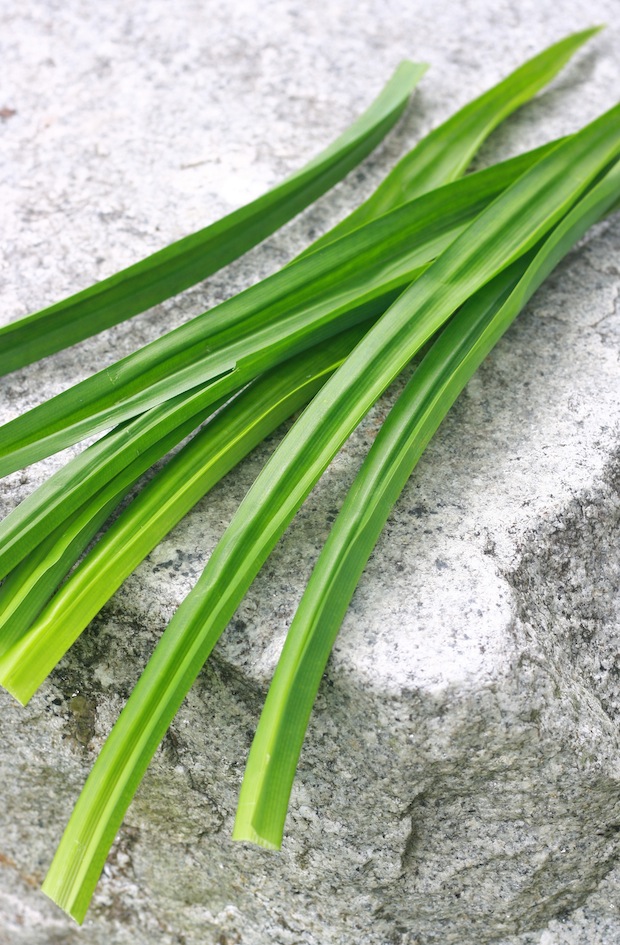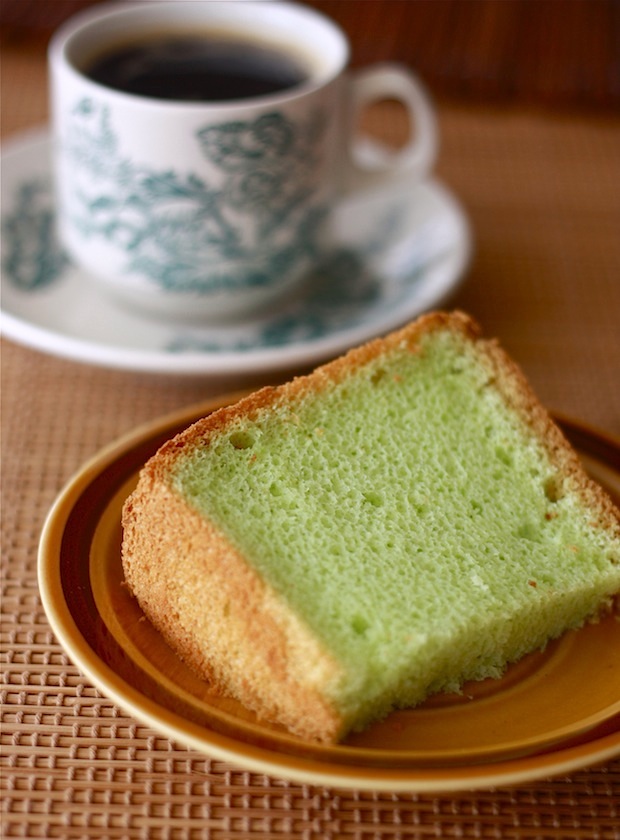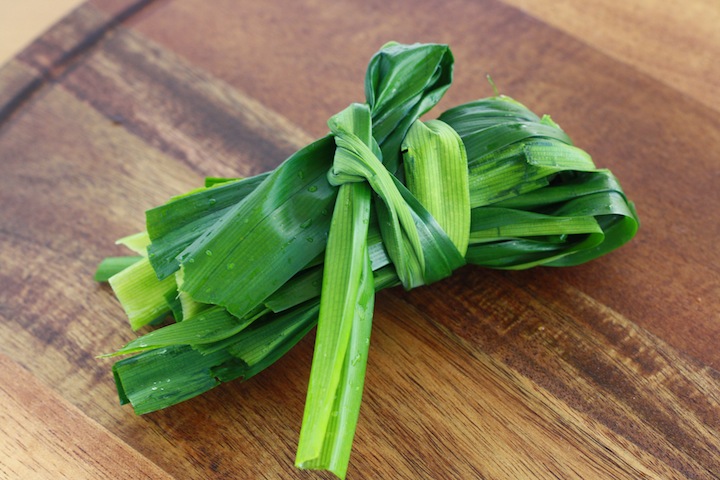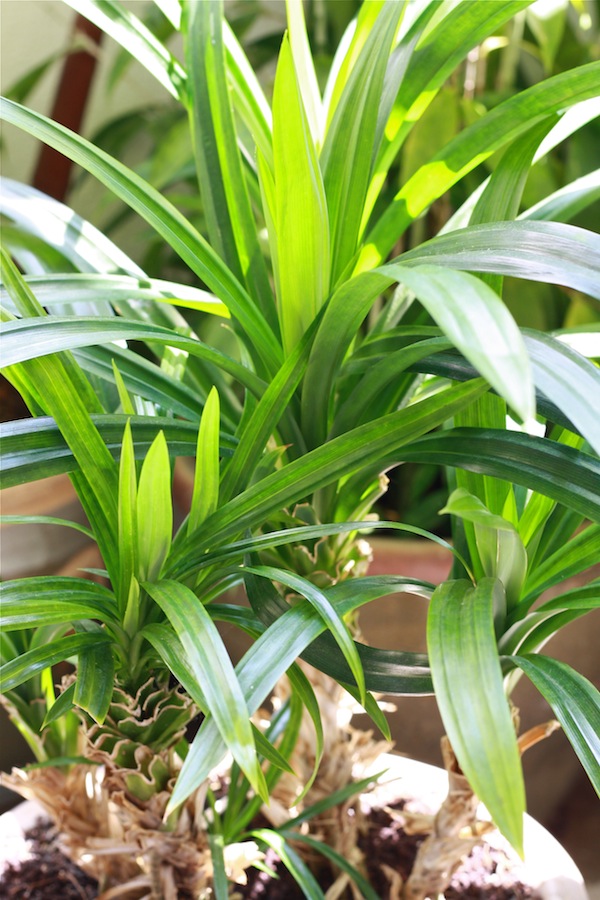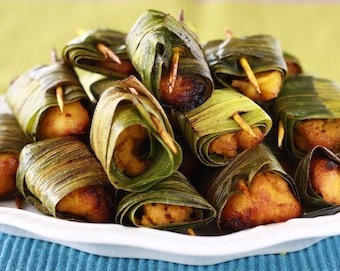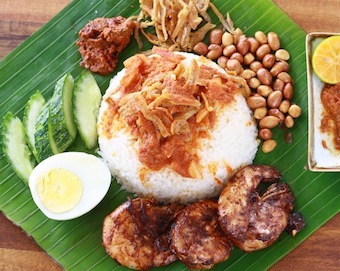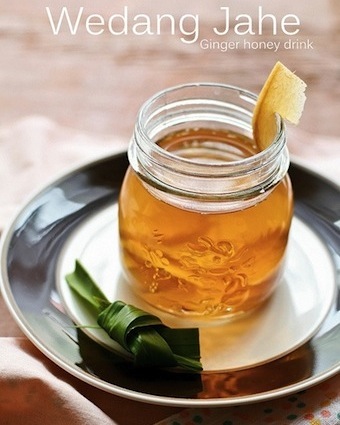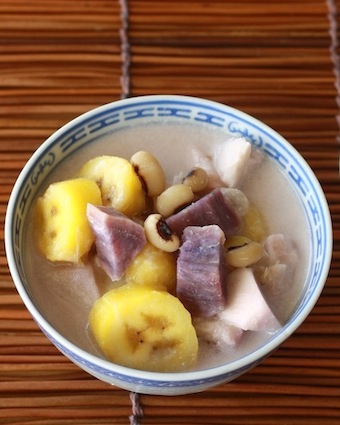Spices are not only about adding flavor and improving health – they have the power to transform the color of a dish. Turmeric for yellow, paprika for red, butterfly-pea flowers for blue, and Pandan Leaves for Green.
What food would you dye green? A cake, of course.
A common sight in bakeries and morning markets in many Southeast Asian countries is a light-green colored chiffon cake. The cake has been naturally dyed green by fresh pandan leaves that have been pounded or blended into a rich, green paste.
What does that green taste like? Your eyes might perceive a veggie-like flavor, but pandan imparts a warm, nutty, sweet, piney flavor to cakes and other desserts. It’s no wonder pandan is nicknamed Vanilla of the East or Asian Vanilla.
But unlike vanilla, this leaf isn’t principally a dessert spice. In Thailand, marinated chicken pieces are wrapped in pandan leaves and deep-fried for a delicious appetizer called Gai Ob Bai Toey (Thai Pandan-Wrapped Chicken). And in Malaysia, the long, narrow blades are tied into a knot – to make the leaves more compact and to release the essential oils – and added into the rice cooker to produce a fragrant coconut rice called Nasi Lemak.
Pandanus amaryllifolius stands out among the rest because of its pleasant aroma, which is strongest when the leaves have slightly dried and wilted a day or two after harvesting.
A week after harvesting, that sweet, comforting smell is gone. So if you bought some fresh pandan leaves, here are a few recipe ideas to use them up before it’s too late…
|
|
|
|

